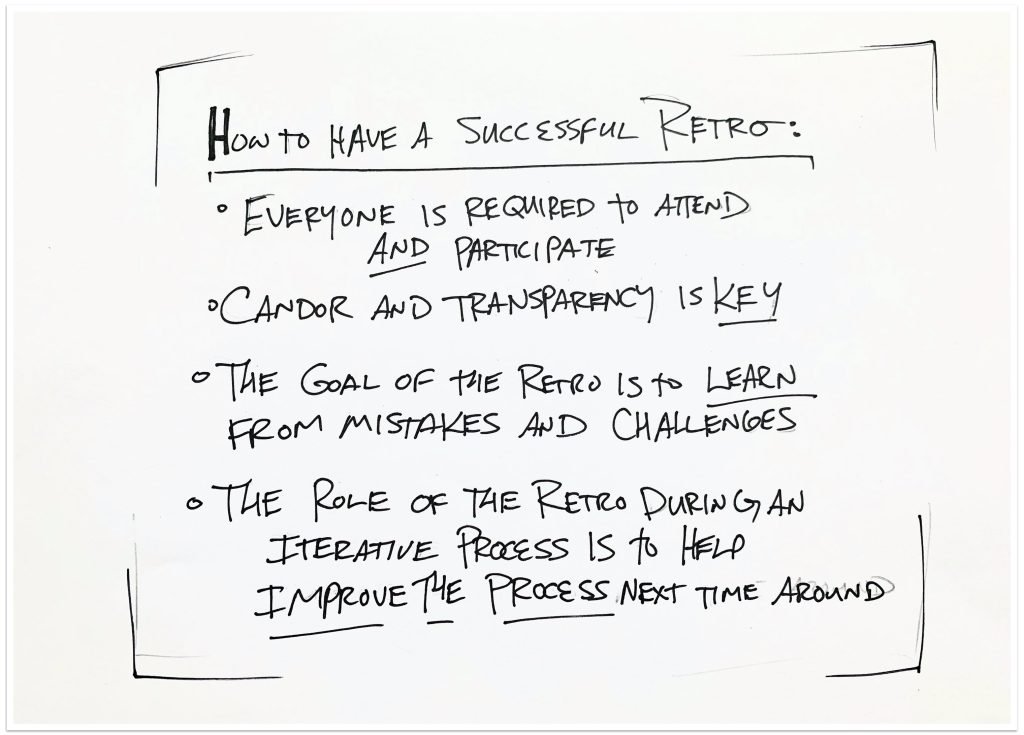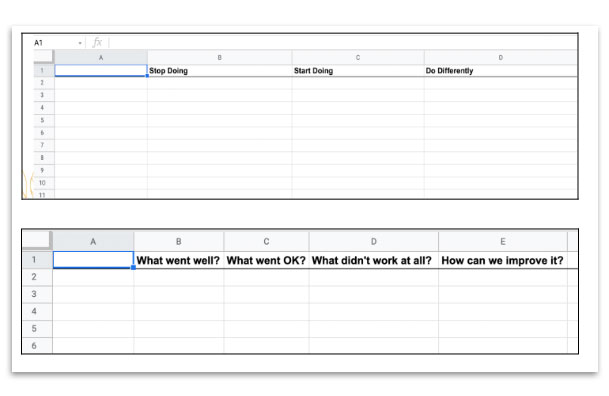

CHALLENGE #3: FOLLOW THROUGH
One of the most important things you can do in the rollout of a new tool and workflow like source tracking is give continuous support to the people being asked to use it. It’s not enough to simply build something, write up the documentation and shove it into your newsroom’s hands.
Build trust with your team and confidence in your plan.
Try to encourage them by sharing positive performance data:
- Which team reached 100% participation in the tool first?
- Which reporters have the highest response rates among their sources?
After an initial trial period (say, 4-6 weeks), it’s important to quickly bring the results back to the team of journalists on the frontline who are using the tool every day.
Be sure to let your team know explicitly: what’s working and what isn’t working so far.
Next, set goals, both at the team and individual levels.
To determine your goals, ask yourself:
- Which communities will this reporter prioritize making new contacts in?
- What’s the best frequency for the editor to give feedback or strategy advice based on the source tracking data?
- Ultimately, what does successful source tracking on your beat, in your town, within your pages/airwaves look like?
Next, socialize these goals with your team to get their buy-in. Incorporate their feedback throughout the process so that folks are able to feel heard. Everyone wants to feel like they have a role in the solution, and that their effort will push the work forward.
Remind yourself that change is hard and takes time. If you’re in need of tips for building buy-in, visit Challenge #1: Buy-in.
Editors and managers need to regularly use source tracking data to inform their strategy
Once you’ve got a critical mass of journalists using the new tool to track their source diversity, it’s time to turn to their editors and managers. The raw data alone can’t solve your news organization’s audience challenges.
The decision-making team at your organization needs to regularly access the data from source tracking, understand how it has changed over time, and apply those findings to the strategy-making process.
What will you do, if you learn that:
- 100% of women an education reporter cited during this period was a mom talking about being a mom?
- 90% of business owners the staff have quoted in a month were white men?
- Your journalists have increased sourcing of Black men in the first four weeks, however, 75% (most) of them were cited in stories about sports or crime?
The percentages here are just examples. You should use your best judgment and choose numbers that are in alignment with making progress toward your news organization’s goals. Remember, this process isn’t about “setting quotas,” and is more about creating progress and change.
Be ready to either have a tough conversation yourself, or prepare the editors to do so. Folks should be ready to hold the staff accountable to their goals while also listening empathetically to the response from the journalist about what is and isn’t working.
How will you help your reporters pivot and reshape their beats to create the space for new source relationship building?
Regular touchpoints and feedback are essential to the success of a new tool and workflow like source tracking. If you aren’t already meeting 1:1 with your reporters, be sure to get some regular face time with them during the roll out and experiment process. My favorite question to ask folks is, “Do you have what you need to be successful in this endeavor? And if not, how can I help you acquire it?”
If the issue is time, help them analyze their workload and take something off their plate. We share more details on how to do this in Challenge #1: Time.
After your initial testing phase, be sure to hold a “retro” (short for “retrospective”) meeting where your team can give feedback about what worked and what didn’t, and ultimately try to collaborate on the decision around the future of the source tracking work.
Let’s walk through how to host a successful retrospective.
A few ground rules:
- Everyone is required to attend and participate.
- Candor and transparency are key.
- The goal of a retro is to learn from mistakes and challenges.
- The role of the retro in an iterative process is to help improve the process the next time around.

You can use simple frameworks such as:
- Stop Doing, Start Doing and Do Differently
- What worked, what didn’t, how can we improve?
We’ve provided two examples here:

If tweaks need to be made to the workflow, work together to brainstorm and select solutions and next steps. A retro may last as long as 75-90 minutes, depending on your team’s participation. But the goal is to surface everyone’s concerns, see where they are similar or clustered and try to iterate on the process going forward.
PICK YOUR NEXT STEP ⤵
This practical playbook was created by Emma Carew Grovum, Sisi Wei, Will Lager. Illustrations by Will Lager